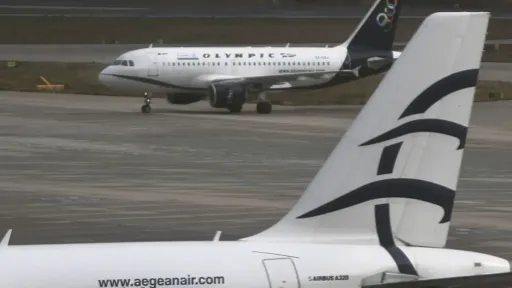Delays in subsidies and livestock disease losses raised in Greek parliament

TWO KEY ISSUES AFFECTING AGRICULTURE AND LIVESTOCK IN EMTH HIGHLIGHTED
SYRIZA–PS MP for Drama, Theofilos Xanthopoulos, has submitted two parliamentary references drawing attention to pressing challenges faced by farmers and livestock breeders in Eastern Macedonia and Thrace (EMTH).
In the first reference to the Minister of Rural Development and Food, Xanthopoulos presented a letter from the Eastern Macedonia and Thrace branch of the Geotechnical Chamber of Greece (GEOTEE), which underscores the urgent need for a ministerial decision specifying the terms for granting coupled support subsidies to producers of livestock-grade soybeans.
According to the letter, 80–90% of Greece’s soybean production—a key livestock feed—comes from Eastern Macedonia. Yet producers remain uncertain about whether they qualify for subsidies, as crucial parameters such as the required amount of seed and sales per hectare have not been clarified. The chamber warns that without immediate clarification, this year's sowing season is at risk of being cancelled, potentially depriving the country’s livestock sector of an essential resource.
LOSS OF INCOME DUE TO DISEASE OUTBREAKS
In a second reference, Xanthopoulos submitted an article from the Chronicles of Drama highlighting claims by EMTH livestock associations regarding the lack of compensation for income losses caused by animal disease outbreaks. Breeders report income reductions of up to 50% since 2015 and criticize the state for failing to address losses linked to quarantine measures, falling market prices, liver rejections during inspections, and slaughterhouse delays, especially ahead of Easter.
They also warned of potential new outbreaks due to animal imports from third countries with known infections. In addition, breeders argue that livestock transport restrictions have distorted the market and fostered oligopoly conditions that further disadvantage local producers.
The government is now under pressure to provide clear and immediate answers to both farmers and livestock breeders at a time when, as many emphasize, production and survival costs have reached critical levels.

